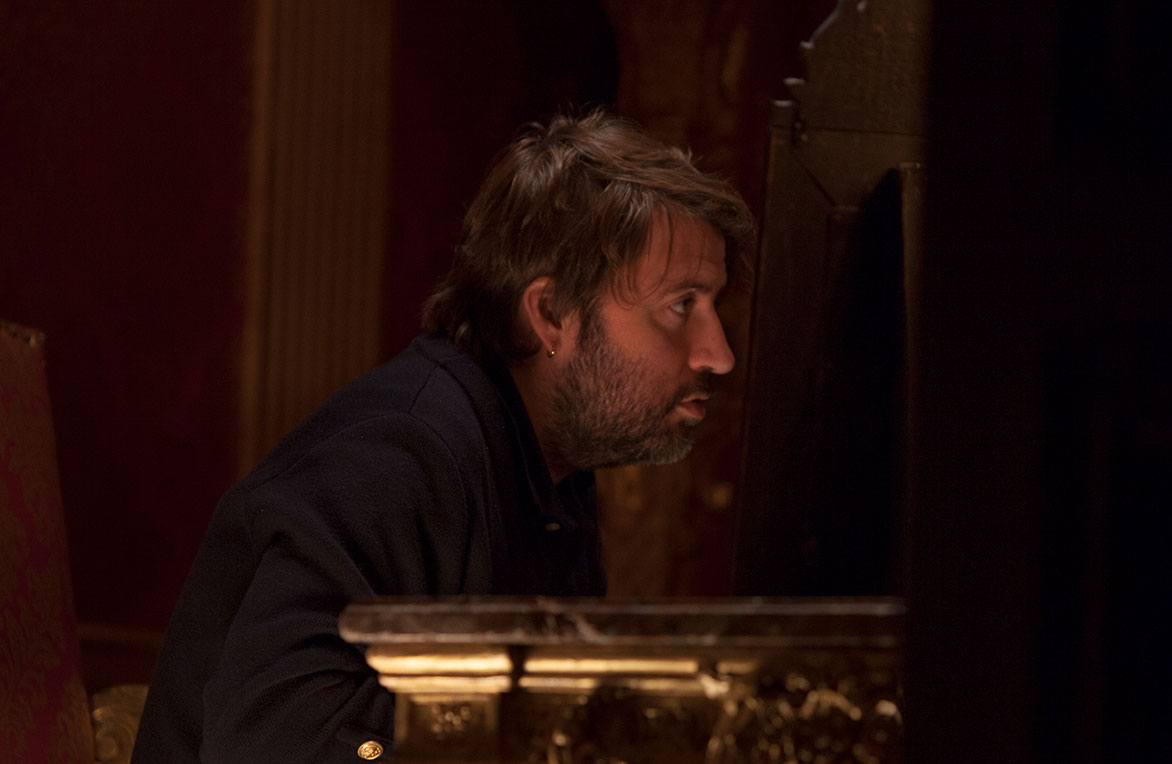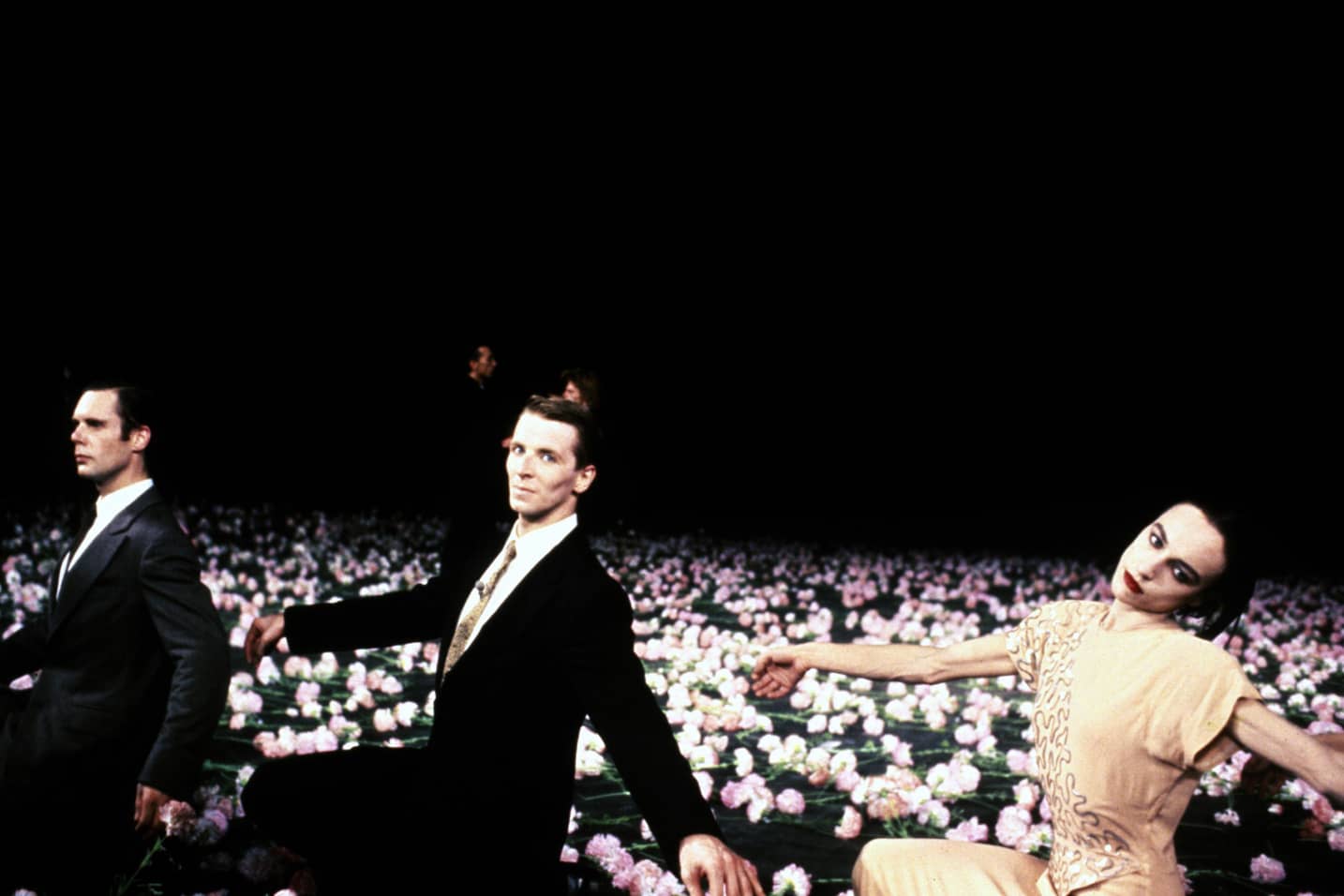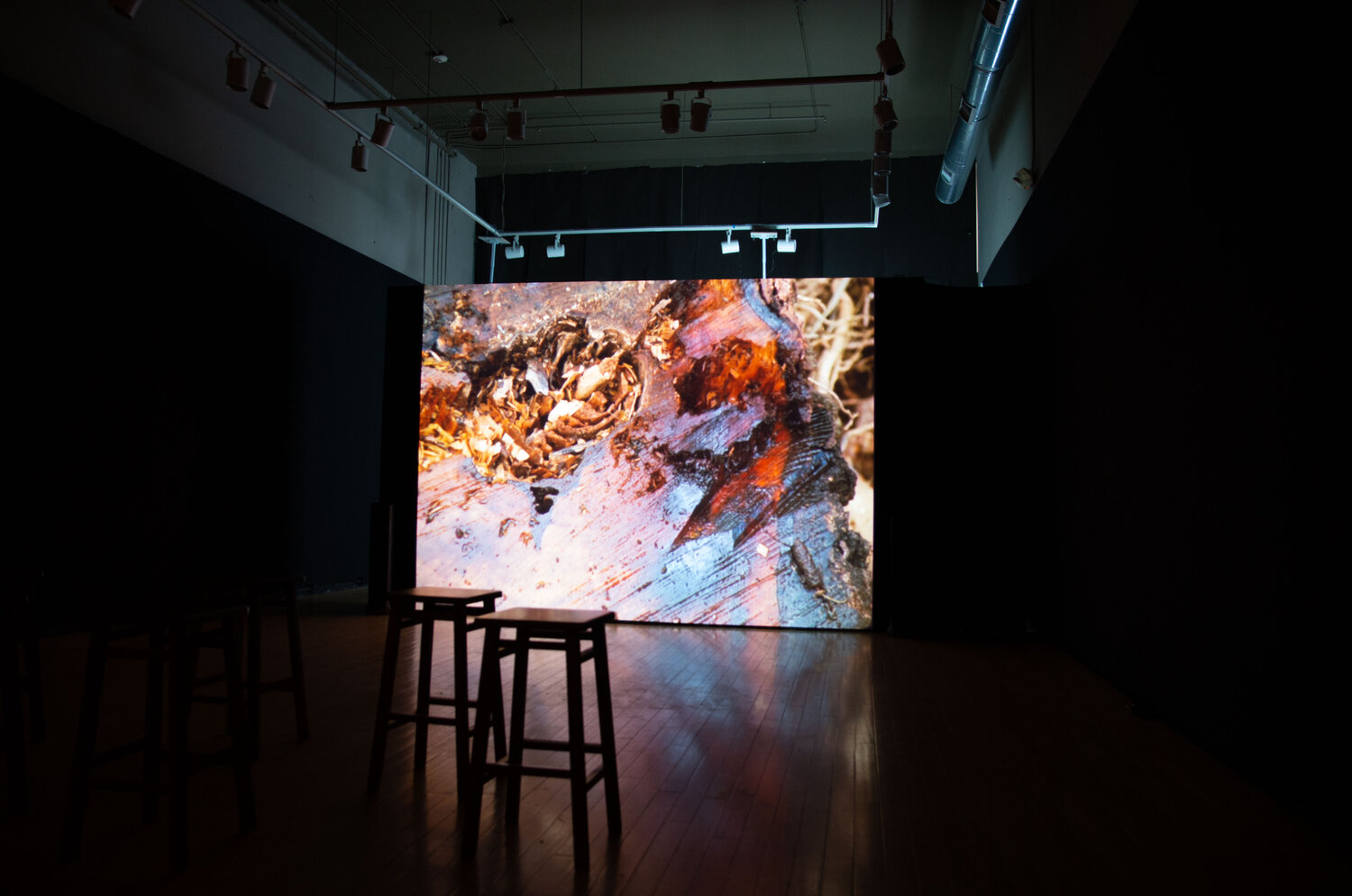
Conversation with Albert Serra
May 7, 2016 · Knoxville Museum of Art · 2:00 p.m.
Albert Serra will join us to discuss his film, The Death of Louis XIV. Special thanks to the University of Tennessee Cinema Studies program for sponsoring his visit, and to Cinema Guild, the film’s US distributor, for allowing us to screen it.
Born in Banyoles in 1975, Albert Serra is a Catalan artist and director. Having studied philosophy and literature, he wrote plays and produced works on video. Honor of the Knights, a loose adaptation of Don Quixote featuring nonprofessional actors from his village, won international recognition. The film was presented at Cannes’ Directors’ Fortnight in 2006. A traditional Catalan Christmas song, El cant dels ocells, inspired his second film, Birdsong, the story of the Magi following their guiding star to Jesus in Bethlehem. In 2013, he received the Golden Leopard in Locarno for Story of my Death, based on Casanova’s memoirs. The Death of Louis XIV, starring Jean-Pierre Léaud as the Sun King, was an Official Selection of the Cannes 2016 Film Festival.
Interview courtesy of Cinema Guild
For your fourth film, you seize once again a famous historical figure.
The Death of Louis XIV is a film set exclusively in the room of the King. Two weeks, in which courtiers, the clergy, and various ministers visit Louis XIV’s bedside, are the film’s subject and setting. It’s really not about how France is going to survive the King’s death. The film is about a man preparing for his own death, living through daily pain, despite being the
King.
What material did you work with to write the script?
Two books, which are both literary and historical works: the Mémoires of Saint-Simon and those of the Marquis de Dangeau. Both were courtiers who marked the last days of Louis XIV. Part of what he said was reported verbatim, and the successive states of his illness are described in sordid detail.
Here, the agony of the King is treated like a monotonous and repetitive spectacle. Why?
Saint-Simon and Dangeau’s texts have a precision and an exhaustiveness that tend toward saturation. Through their eyes, agony (even a King’s agony) isn’t a diversified and beautiful spectacle. Actually, it’s not a spectacle at all. I didn’t want to dramatize the texts I was working with. On the contrary, I chose to respect conscientiously their chronology, including their repetitions. I’m opposed to the idea of agony as it is usually showed in cinema, which is to say in a very dramatic and psychological way, meant to emphasize the very last word, the very last breath. Here, during these two weeks, pain reigns supreme, it infl ates, every part of it is suffered in length. The film shows how death is lived, how the disease conquers new territories each day. The pain wins over the body and spirit, day after day, hour after hour.
Does that mean you refuse to dramatize your cinema?
That’s not how I see things. For this project, what matters most are anecdotal things, not the story, which in itself is plain. I started from the dichotomy between death as it is dramatized by the King for others – the representation of his death – and as it is lived from inside. Showing the death of a King comes down to evoking a myth in its relation to the ordinary, the intimate. My approach consists of working on a legendary figure until I reach a fl esh and bone subject. That’s why I need to show the banality of the mythical, to show how History can hinge on something so small, so human. I force the spectator to reject his preconceived ideas related to the historical figure. He also has to get rid of the codes of dramaturgy, and the
so-called true moments of an agony.
Jean-Pierre Léaud is a myth himself. What did it mean for you to shoot this film with
him today?
Before, I had worked with non professional actors. Here, the starting point is the same: I have to like the people I work with. Their age doesn’t matter. Jean-Pierre and I got along very quickly, the first time we met. We share an aesthetic and moral approach of life. I like his integrity, I really admire him. So everything happened very naturally, and at the same time I felt no pressure due to his incredible past work as an actor.
How did your collaboration work?
As with my previous films, with faith and a certain distance. We didn’t rehearse together before shooting. I think Jean-Pierre was rehearsing alone in his house. The first time I saw him wearing his costume was the first day of shooting. From then on, every day was different. He came up with new ideas constantly, and I didn’t want control, I wanted everybody to have fun.
As opposed to your previous films, which you shot with people from your village, here you’re working with both professional actors and total strangers that you cast on location.
Yes, that’s something I like to do. It makes things easier and more natural. It also brings a little heterogeneity to the film, and a certain sense of irony. Even if my conception of cinema is formalist, I don’t take myself seriously. During the shooting, I forget everything and try to mix the opposites. It’s like in dreams, the logic can’t be the same as when you’re awake. You have to be a troublemaker.



